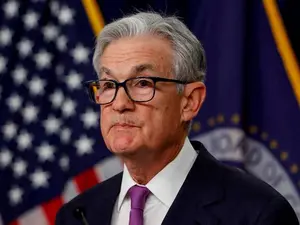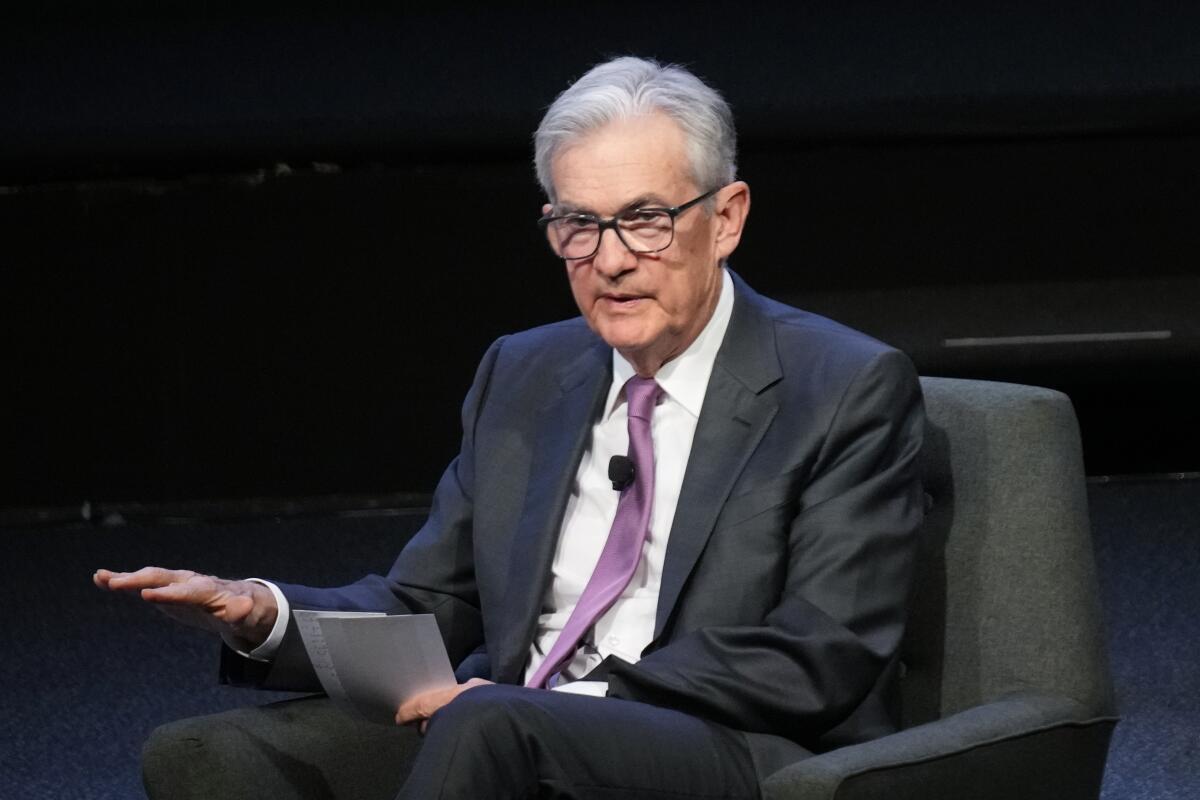US 10-Year Treasury Yield Surges Past 5%: Investors Anticipate Fed's Rate Hike Impact
In a significant economic development, the US 10-year treasury yield has breached the 5% threshold, a level not seen in 16 years. This milestone comes as global investors brace for a potential interest rate hike by the US Federal Reserve. Despite recent assurances from Fed Chairman Jerome Powell about maintaining steady rates, the surge in yields suggests a shift in expectations. This news raises questions about its impact on economic growth, stock markets, and the bond market, while also hinting at the challenges posed by inflation risks.
US 10-Year Treasury Yield Exceeds 5% Amid Expectations of Fed Rate Hike

The US 10-year treasury yield, often regarded as a bellwether for economic trends, has broken the 5% barrier for the first time in 16 years. This milestone comes on the heels of mounting expectations among global investors that the US Federal Reserve is poised to forge ahead with interest rate hikes.
Intriguingly, the US10Y yield scaled to 5.01% today, defying the recent reassurances of US Federal Reserve Chairman Jerome Powell. Powell had indicated the central bank's intent to maintain stable interest rates but left the door ajar for potential rate hikes if inflationary pressures materialize. In a recent speech, Powell underscored the central bank's cautious approach in navigating the uncertain economic landscape:
"Given the uncertainties and risks, and how far we have come, the committee is proceeding carefully. We will make decisions about the extent of additional policy firming and how long policy will remain restrictive based on the totality of the incoming data, the evolving outlook, and the balance of risks."

This surge in the US10Y yield is a clear indication that investors are wagering on another impending interest rate increase by the US Federal Reserve. Adetola Freeman, Regional Analyst for FBS Africa, has weighed in on the situation. He noted two possible outcomes: in typical market scenarios, one would anticipate a downturn in economic output due to the increased cost of government borrowing, which can curtail economic expansion. However, Freeman suggests that the demand for US-manufactured weapons, driven by recent global tensions, may offset the impact of rising borrowing costs.
Furthermore, the stock markets are poised to bear the brunt of this development, as some investors may pivot towards diversifying their investments into the bond market. This shift reflects the uncertainty surrounding the economic horizon as investors brace themselves for potential changes in monetary policy and their repercussions on various financial markets.



